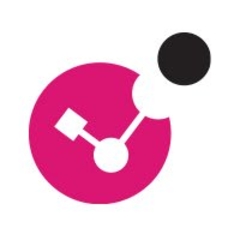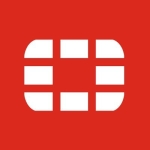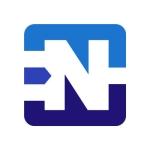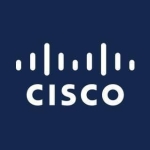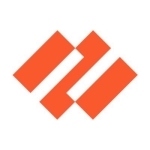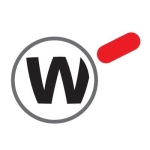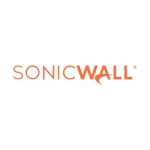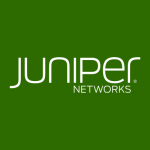What is our primary use case?
It's our main firewall and the first line of protection from outside attacks. We use it to interconnect our remote locations (that use different vendors and equipment) and let the employees work remotely. We're a small site with 300 users and this equipment is more than enough for us. We use almost all the blades and the equipment has run smoothly for years. This NGFW monitors all the traffic outside of the main network, prevents malicious activities, and lets us easily manage network policies to shape our connections.
How has it helped my organization?
We have a lot of flexibility now, and a leg up identifying zero-day threats. We have multiple ways of doing policies now that we didn't have before. The options are more robust than previous products and I would say that we're pleased with the product. The reports I'm getting are that we're satisfied, even impressed, with the options Check Point offers.
There is a scope of improvement in detecting zero-day threats using the SandBlast technology, by introducing emulation of Linux-based operating systems. We have also observed issues while using the products with SSL decryption. There is room for improvement in application-based filtering, as with other firewalls available in the market today. Check Point has improved its application filtering capabilities in the recent past and their latest version, R80, is more capable but still, creating an application-based filter policy is a little cumbersome.
What is most valuable?
It's a NGFW with all of the capabilities required to protect for next-generation attacks at the perimeter level. The module or Security features that are provided as part of the base license with Check Point include (VPN, IPS, Application Control, and Content Awareness) which itself is strong enough to protect the organization.
The packet inspections have been a strong point. Our identity collectors have also been helpful. In many ways, Check Point has been a step up from the SonicWall that we had in-house before that. There's a lot of additional flexibility that we didn't have before.
What needs improvement?
I would like there to be a way to run packets that capture more easily in the GUI environment. Right now, if we want to read packet captures, we have to do so from the command line.
The biggest improvement they could make is having one software to install on all three levels of their products, so that the SMBs, the normal models, and the chassis would all run the same software. Now, while there is central management, everything that has to be configured on the gateway itself works differently on the three kinds of devices.
For how long have I used the solution?
I started using the solution 3 months ago.
What do I think about the stability of the solution?
The web interface was easy for me. The configuration is logical, so it's easy to use and easy to understand how to protect, how to open a port, how to manage, and how to route a device. That's why I prefer Check Point. It's robust and I never have issues with the hardware.
What do I think about the scalability of the solution?
The scalability is quite good. You can scale well across locations for not too much cost. If a company needs to expand, it can do so relatively easily.
Also, cost-wise, it's very affordable to scale up. It's not expensive to add hardware and licenses as needed. They make upgrading very cheap.
We have 200 people on the solution. That said, they are using it with an IPsec tunnel. They don't use all of the capabilities of the hardware. They are using it just to encrypt tunneling between the sites.
How are customer service and technical support?
Technical support has been excellent
Which solution did I use previously and why did I switch?
Yes, we were previously using SonicWall but security is less robust in comparison to Check Point.
How was the initial setup?
The initial setup is very easy.
What about the implementation team?
We implemented it through a vendor called S G Informatics India Pvt Ltd.
The level of expertise I would rate at 10 out of 10.
What's my experience with pricing, setup cost, and licensing?
I would recommend going into Check Point solutions. Although Check Point has the option of implementing your firewall on a server, I would advise implementing it on a perimeter device because servers have latency. It's best to deploy it on a dedicated device. Carry out a survey to find out if the device can handle the kind of workload you need to put through it. Also, make it a redundant solution, apart from the Management Server, which can be just one device. Although I should note that, up until now, we have not had anything like that ourselves.
Which other solutions did I evaluate?
We have looked into Sophos.
What other advice do I have?
The most valuable features are the security blades and the ease of managing the policies, searching logs for events, and correlating them.
Which deployment model are you using for this solution?
On-premises
Disclosure: My company does not have a business relationship with this vendor other than being a customer.

